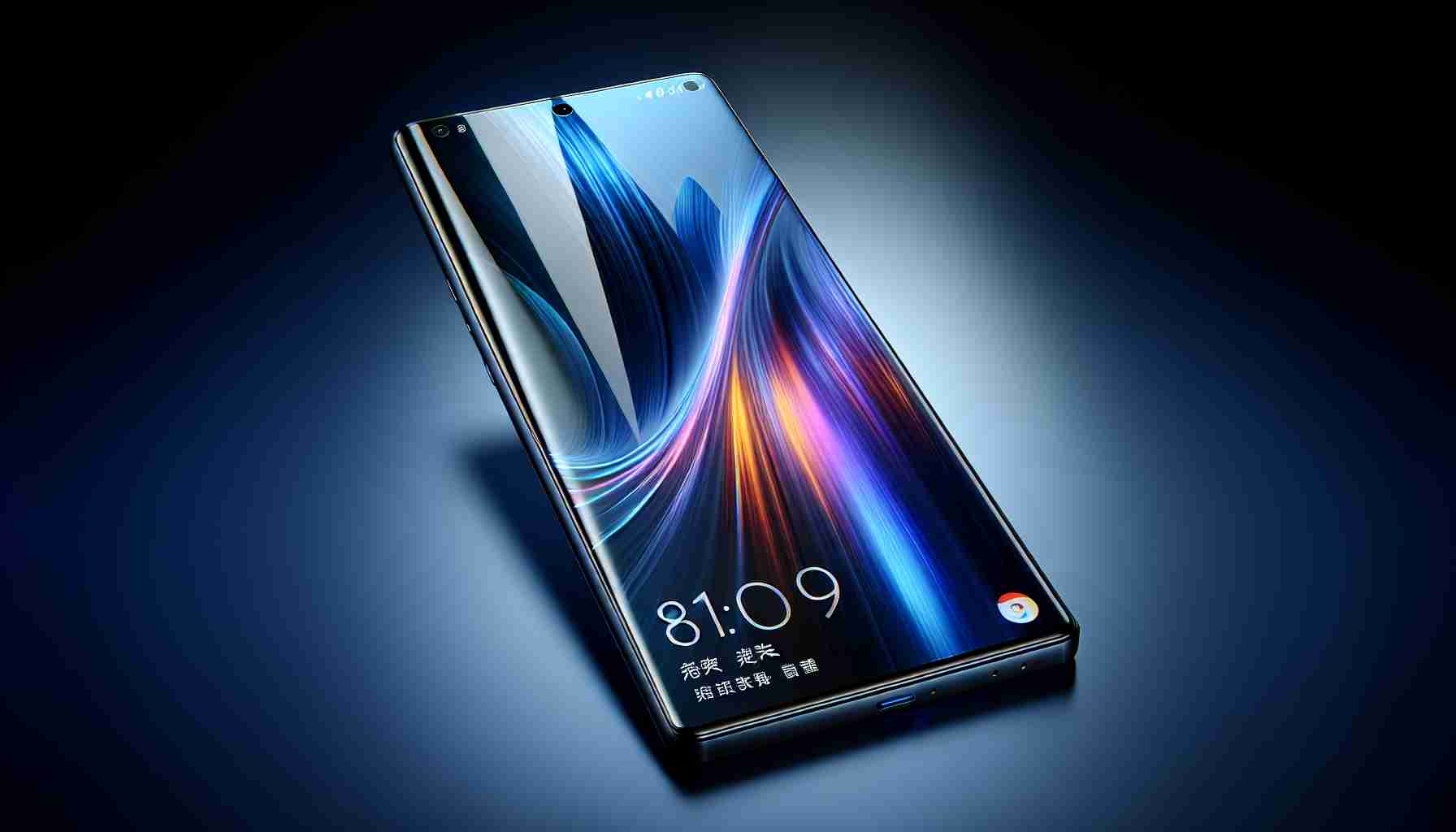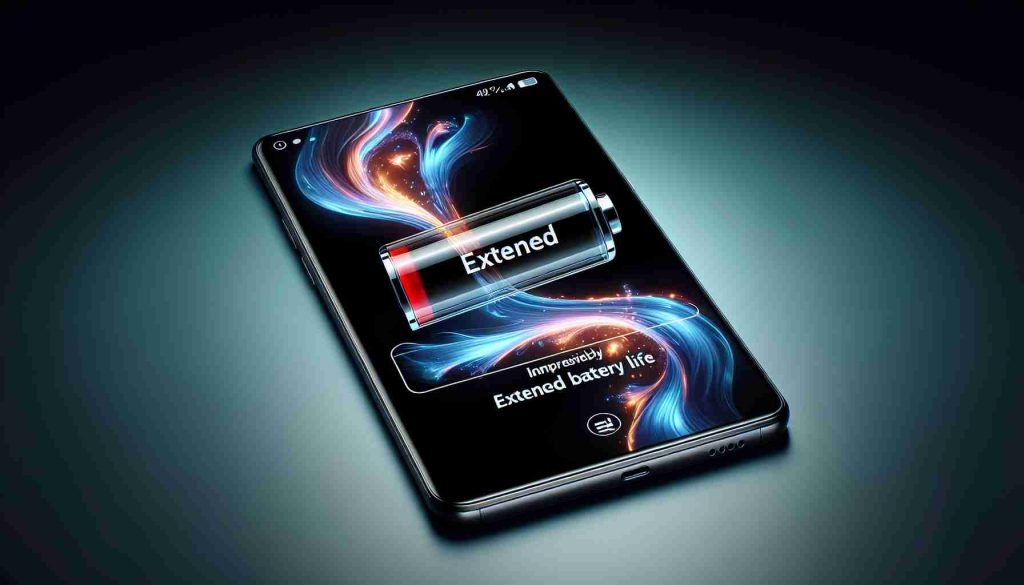The highly anticipated Huawei Mate XT has recently been unveiled, showcasing a revolutionary design that sets it apart in the smartphone market. This innovative device features a remarkable dual-fold mechanism, allowing it to transform into a much larger tablet-like format, unlike other folding smartphones currently available.
What makes the Mate XT particularly impressive is its ability to provide an expansive screen experience. When folded, it measures just 12.8 mm in thickness and boasts a 6.4-inch FHD+ display. Once fully extended, the screen size increases to an impressive 10.2 inches with a stunning 3K resolution. Additionally, the device utilizes LTPO OLED display technology with a refresh rate of 120 Hz, ensuring smooth visuals.
Powered by the advanced Kirin 9000 processor, the Mate XT is equipped with up to 16 GB of RAM and offers substantial internal storage of up to 1 TB. Its camera system is equally noteworthy, featuring a 50-megapixel main lens with variable aperture, a 12-megapixel ultra-wide camera, and a telephoto lens mirroring that resolution. The smartphone is backed by a robust 5600 mAh battery that supports rapid charging capabilities, including wired charging at 66 W and wireless charging at 50 W.
As anticipation builds for pricing announcements in Europe, including potential costs in Poland, one thing remains clear: the Huawei Mate XT promises to be a premium device.
Introducing the Groundbreaking Huawei Mate XT: A New Era in Mobile Technology
The Huawei Mate XT has officially launched, solidifying its place as a trendsetter in the smartphone market with its remarkable foldable design and cutting-edge features. This latest offering from Huawei not only redefines what users can expect from mobile devices but also raises important questions about its usability, market positioning, and the implications of Huawei’s ongoing controversies.
Key Questions Surrounding the Huawei Mate XT
1. What are the unique features of the Mate XT that distinguish it from competitors?
The Huawei Mate XT features a patented dual-fold design that enables it to shift seamlessly between a smartphone and a tablet format, boasting a 6.4-inch FHD+ display and a remarkable 10.2-inch 3K screen when fully extended. This adaptability sets it apart in a growing market of foldable phones.
2. How does the Kirin 9000 processor enhance user experience?
The Kirin 9000 processor offers a significant upgrade over its predecessors, providing improved AI capabilities and performance efficiency. It is optimized for handling multitasking and high-performance gaming, ensuring users experience minimal lag during intense usage.
3. What are the implications of Huawei’s current geopolitical controversies?
Huawei has faced scrutiny and restrictions from various governments, particularly in the US, over security concerns. This situation raises questions about consumer trust and the company’s ability to continue accessing essential technologies and markets.
Challenges and Controversies
The Huawei Mate XT’s launch comes against a backdrop of challenges, primarily related to the company’s reputation amid allegations of espionage and security issues. These geopolitical controversies could impact sales in Western markets and influence consumer perception. Companies and consumers are also concerned about the availability of future software updates and support for the device, given these ongoing issues.
Advantages of the Huawei Mate XT
– Versatile Display: The dual-folding capability allows for enhanced user experience, making it easier for productivity tasks and entertainment on a larger screen.
– State-of-the-art Camera System: With a 50 MP main lens and additional ultra-wide and telephoto lenses, it promises exceptional photography capabilities, catering to both casual users and photography enthusiasts.
– Impressive Performance Specifications: With up to 16 GB of RAM and 1 TB of storage, the Mate XT caters to users who demand high performance and substantial storage for apps and media.
Disadvantages of the Huawei Mate XT
– Market Limitations: Due to ongoing controversies, the Mate XT may face challenges in gaining traction in key markets like the US and Europe, which could limit its potential sales and market reach.
– Higher Cost: As a premium device, the Mate XT is expected to have a high price tag, potentially limiting accessibility for many consumers looking for foldable smartphones.
– Software Concerns: While the device runs on EMUI, there are worries about long-term support and updates, especially with Huawei’s access to Google services being uncertain.
Conclusion
The Huawei Mate XT stands at the forefront of mobile technology, boasting innovative features and a powerful hardware lineup. However, its success will largely depend on geopolitical factors and market reception that could influence not only its sales figures but also the future of Huawei as a brand.
For more insights on the latest innovations in smartphones, visit the official Huawei website at huawei.com.























